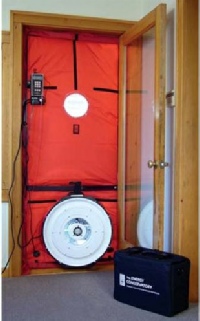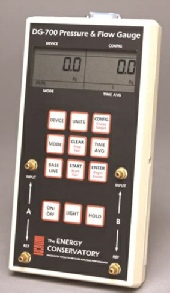


Air Pressure Testing
ATTMA are the Air Tightness Testing & Measurement Association who run an authorised Competence Persons Scheme for air tightness testing.
All members of ATTMA are authorised to carry out testing to ATTMA TSL1 for Approved Document L1A. All ATTMA members are audited, insured and have calibrated testing equipment.
ATTMA work alongside, and are governed by, leading industry stakeholders, including:
• English, Welsh, Scottish and Northern Irish Governments
• UKAS – United Kingdom Accreditation Service
• BINDT – British Institute of Non Destructive Testing
• CIBSE – Chartered Institute of Building Service Engineers
• HBF – the Home Builders Federation
• NHBC
• LABC – Local Authority Building Control
• BCA – the Building Control Alliance
• BFG—The Building Futures Group
• ANC – the Association of Noise Consultants
All ATTMA members are required to lodge their data with ATTMA in order to receive an authorised test certificate. ATTMA will not issue a test certificate if the authenticity of the test itself is in any doubt.
All ATTMA Members hold ID cards and have unique tester numbers. The status and level of a tester’s authorisation can be seen on the testers ID cards or by visiting www.attma.org/members
Gaps and cracks in the building fabric are often difficult to detect simply by visual inspection. Air leakage paths through the building fabric can be tortuous; gaps are often obscured by internal building finishes or external cladding. The only satisfactory way to show that the building fabric is reasonably airtight is to measure the leakiness of the building fabric as a whole. Air leakage is quantified as Air Permeability. This is the leakage of air (m³.h-1) in or out of the building, per square metre of building envelope at a reference pressure difference of 50 Pascals (i.e. m3.h-1.m-2 @ 50 Pa) between the inside and outside of the building.
Assessment of building envelope air leakage involves establishing a pressure differential across the envelope and measuring the air flow required to achieve that differential. This is normally achieved by utilising variable flow portable fans which are temporarily installed in a doorway, or other suitable external opening.
Details of Air pressure testing



| EPC |
| Air Pressure Testing |